By Rick VanSickle
With a big, broad smile, Champlain Charest proudly declares: “I’m very happy that my name is on that bottle.” He had just taken an initial sip of the first Domaine Queylus “grand vin” Chardonnay and was in a very happy place.
It was another milestone moment in a life full of milestones for Charest, one of Canada’s foremost wine connoisseurs and wine collectors and also one of the Quebec owners and manager directors of Niagara’s Domaine Queylus.
COVID-19 made it impossible to gather up the gang from Quebec for a portfolio tasting, so Queylus general manager John Nadeau hired a video pro to set up a closed circuit TV link to bring Charest and another managing director, Gilles Bussière, together to taste through the wines with winemakers Thomas Bachelder and Kelly Mason remotely. Also sitting in on the session was Chef JP Challet, who often works with Nadeau on pairing food with Queylus wines, and assistant winemaker Brooke Husband, who joined the tasting after lunch.
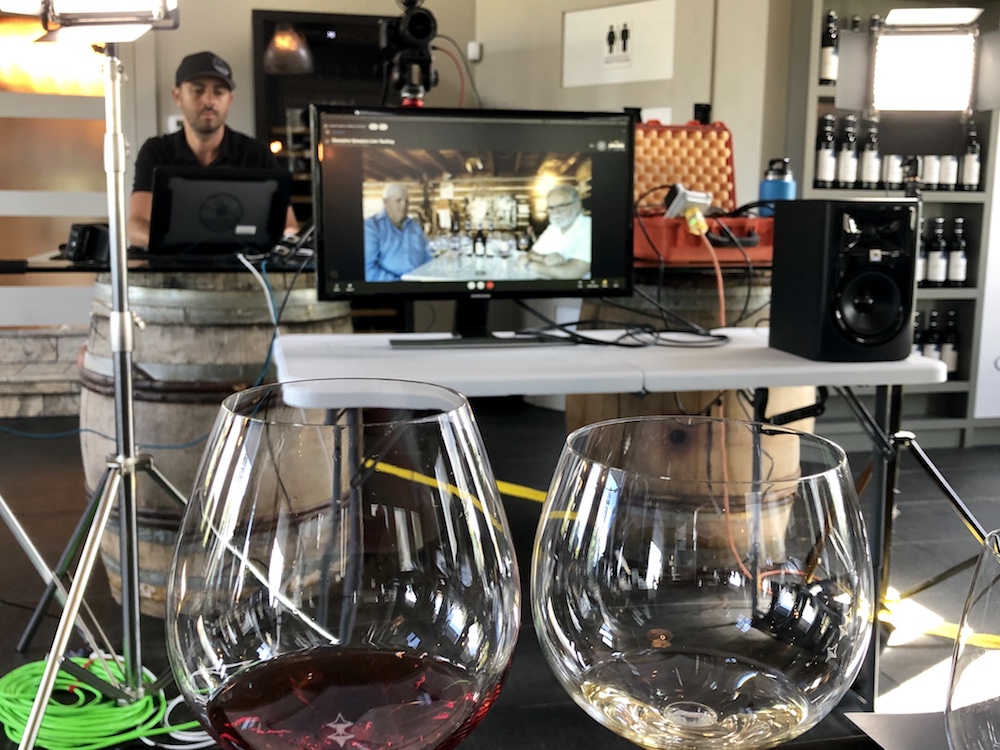
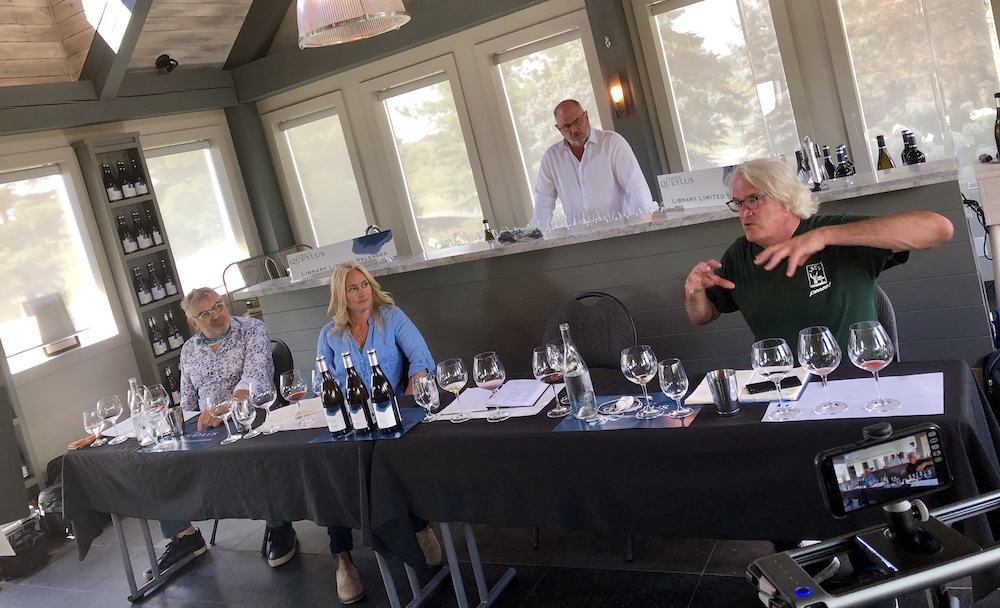
It was a deep dive into the full range of Chardonnays, Pinot Noirs, Cabernet Francs and Merlots crafted by Bachelder, Mason and the ace winemaking team and a chance to see just how far this top-notch winery has come since the first vintage only 10 years ago.
The two winemakers tag-teamed to explain the terroir involved in each wine’s compositions while fielding probing questions from the owners in Quebec. Charest, even at age 89, has an impeccable palate, honed by the best wines made in the world. The collector once had a cellar containing 35,000 bottles of the rarest and most expensive wines money can buy.
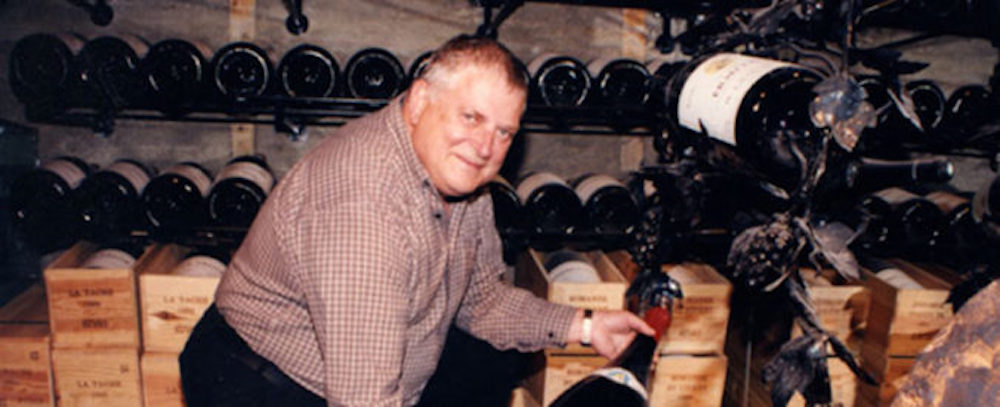
His cellar was deep in First Growth Bordeaux, Château Petrus, Château Cheval Blanc, the great sweet wines from Château d’Yquem (all vintages made since 1929) and every most sought after wine from the region you can think of in the best vintages (including a dizzying array of clarets from 1982). He also bought top Italians (Sassicaia was a particular favourite), Napa cult wines and a small nod to Canadian icewines. But as impressive as that was, Charest had one of the deepest collections of large format bottles on the planet, including 150 methuselahs (six litres or the equivalent of eight bottles) of Domaine de la Romanée Conti (thought of as the greatest estate in Burgundy) and an 18-litre (equivalent of two cases) bottle of Jaboulet Hermitage La Chapelle (Rhone) 1995, one of only six in the world at the time.
Until recently, he was sent a large format bottle of each of the DRC terroirs from every vintage.
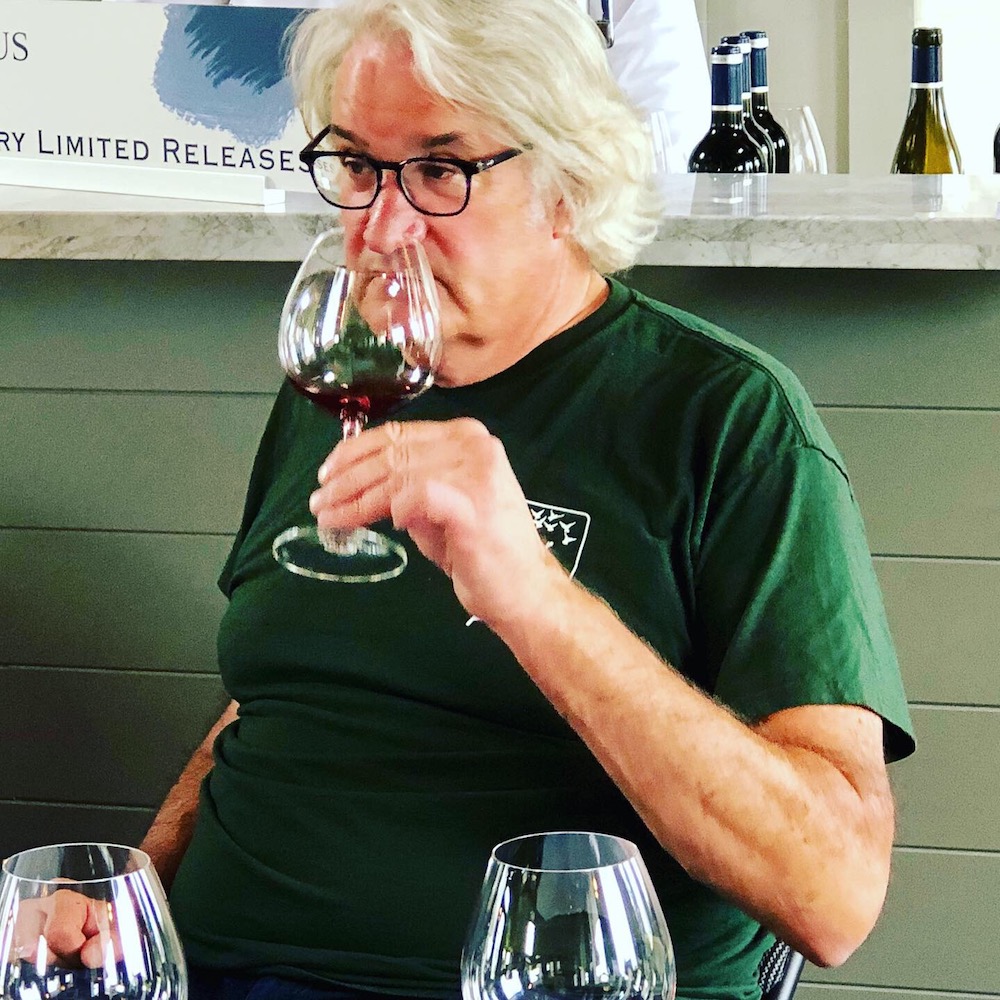
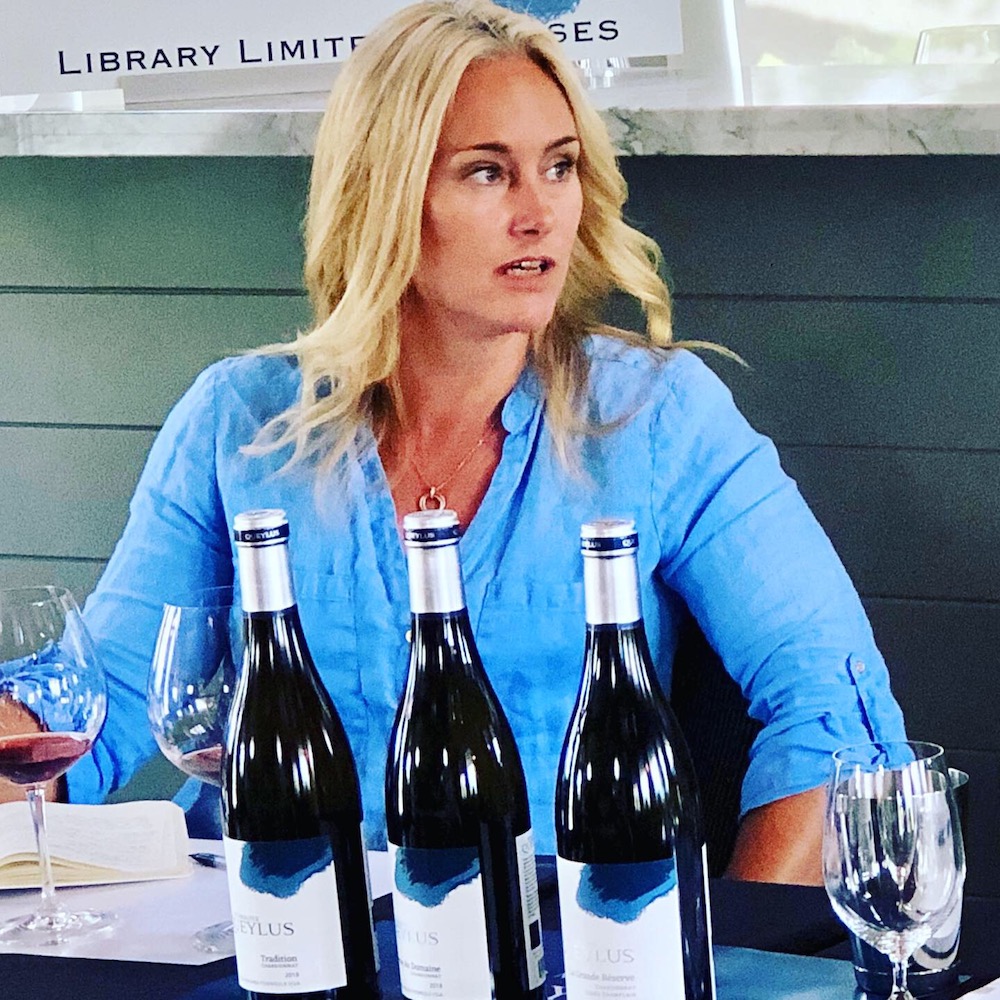
When Charest’s Bistro à Champlain, in Ste-Marguerite-du-Lac-Masson, in the Quebec Laurentians, closed in 2014, he divested most of his cellar and he and his wife Monique were left with a mere (sarcasm alert) 5,000 bottles.
He’s now all in on Queylus and pours his heart and soul into being a guiding force in the wines that are made there. And he’s not afraid to give his forthright opinion.
It was long a dream of Charest that Domaine Queylus would someday produce a “grand vin” from Chardonnay, one that was complex, yet subtle, rich yet restrained, balanced, long, and age-worthy. This resulting Domaine Queylus La Grande Réserve Cuvée Champlain 2018 hits all the right notes and Charest is gushing over the results on this day. A wine that was made and named in his honour.
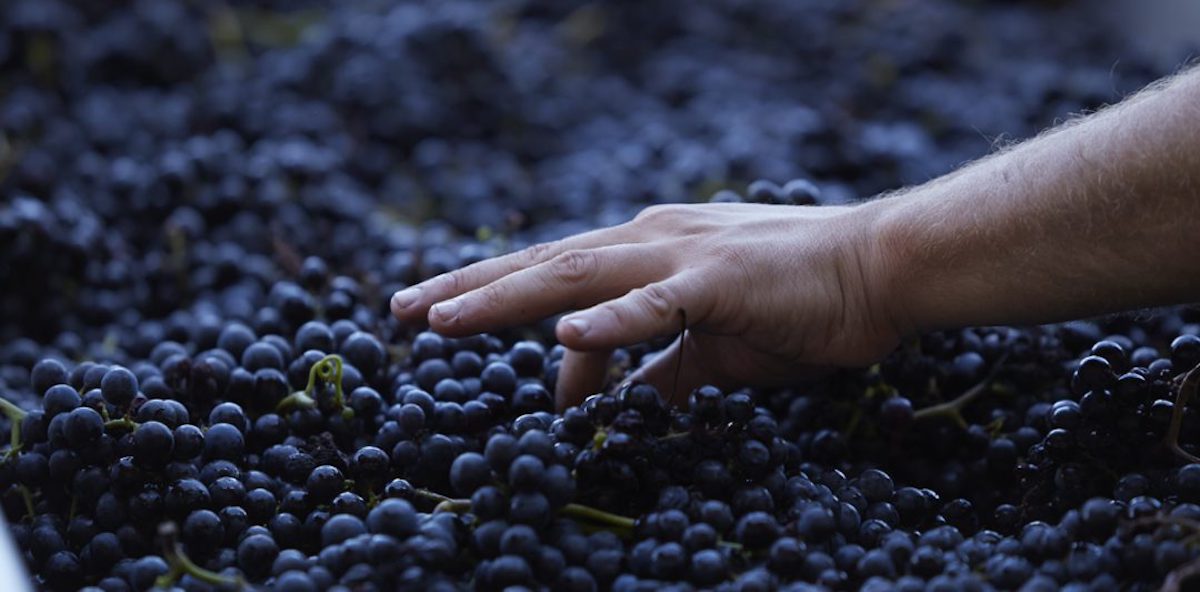
It’s no surprise, really. Bachelder and Mason, a symbiotic winemaking team that seem lock-step in their approach to terroir-driven wines, have always found a way to extract just the right attributes from the terroirs they draw from — whether estate fruit or carefully sourced grapes from top vineyards. They have a keen eye for blending, a predilection for older French oak barrels, they wild ferment everything they make and value finesse, freshness, length and sense of place above everything else.
And it shows through the full range of the portfolio.
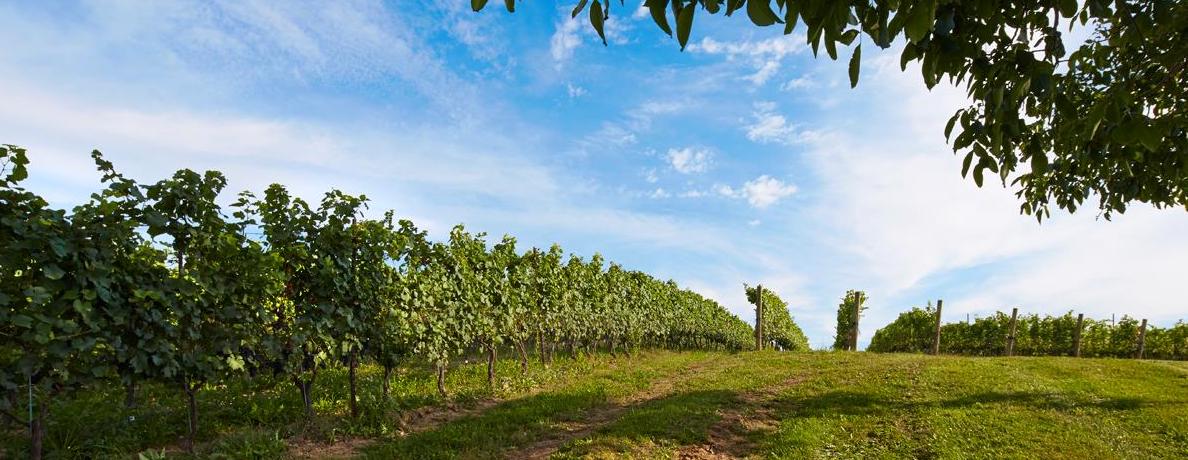
The winery primarily draws from two key estate vineyards: The Mountainview Vineyard, planted in 2008, is located in the Lincoln Lakeshore sub-appellation. It is 20 acres of Pinot Noir, Chardonnay, Cabernet Franc and Merlot planted on silty-clay, limestone-laced soils, with sand occurring at the northern end of the vineyard. The Jordan Bench Vineyard, planted in 2002, is 9 acres of Pinot Noir located in the Twenty Mile Bench sub-appellation. The soil is clay and silty-loam planted over limestone bedrock.
Here is what we tasted after a marathon three-hour tasting recently:
The Chardonnays
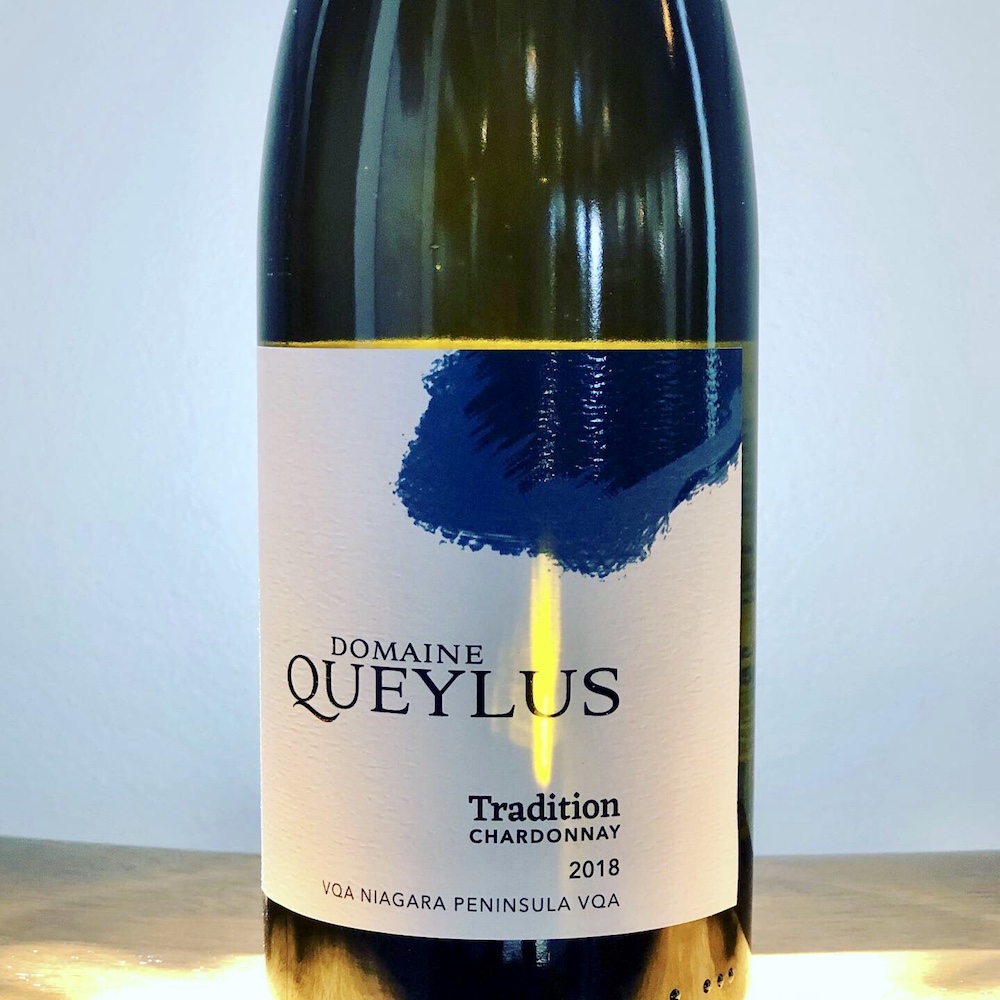
Domaine Queylus Tradition Chardonnay 2018 ($30, late fall release, 91 points) — The Tradition, Queylus’s version of an entry-level wine, is from a mix of estate and Butler’s Grant Vineyard fruit with oak aging for 18 months (20% of the oak is new). There is a lovely chalkiness on the nose here with notes of pear, lemon blossom and light spice notes. The palate reveals pear, apple and lemon with flinty accents and searing acidity driving the finesse on the finish. “This is a more precise year than others,” says Bachelder. “We’re in a more linear, terroir place.”
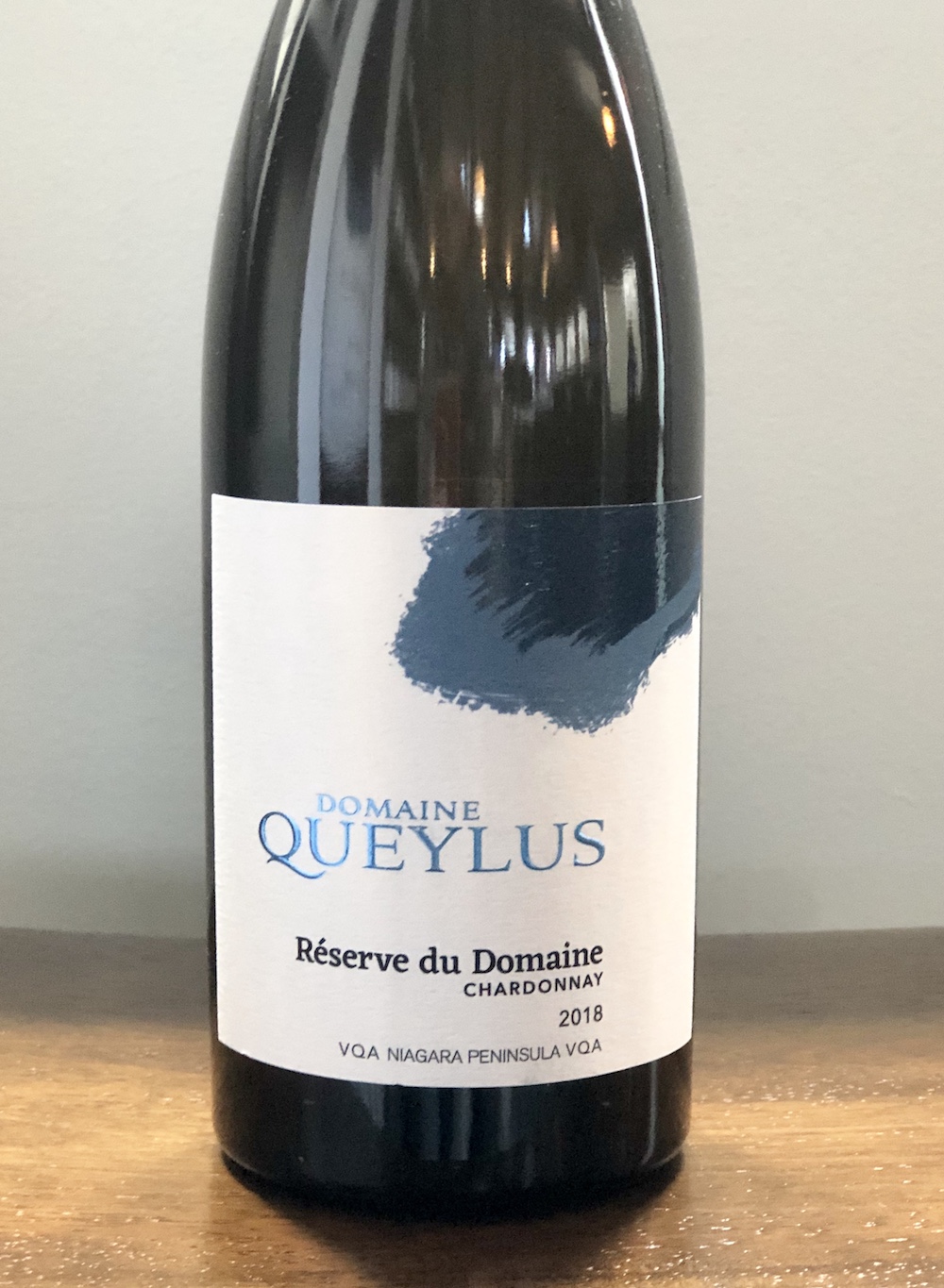
Domaine Queylus Réserve du Domaine Chardonnay 2018 ($40, winery now, 92 points) — This mid-tier Chardonnay is a blend of 67% estate fruit and 33% Bench fruit, aged for 18 months in 25% new French oak. It’s more intense and focused on the nose with richer pear/quince aromas, elegant spices, floral notes and apple skin. There is a certain richness without being heavy on the palate with lovely texture, pear, flinty minerality, touch of honey, tingly acidity and a long, lingering finish. “I’m loving this wine,” says Mason, “it is a big surprise for me. Such length, more body but in similar vein (as the Tradition).”
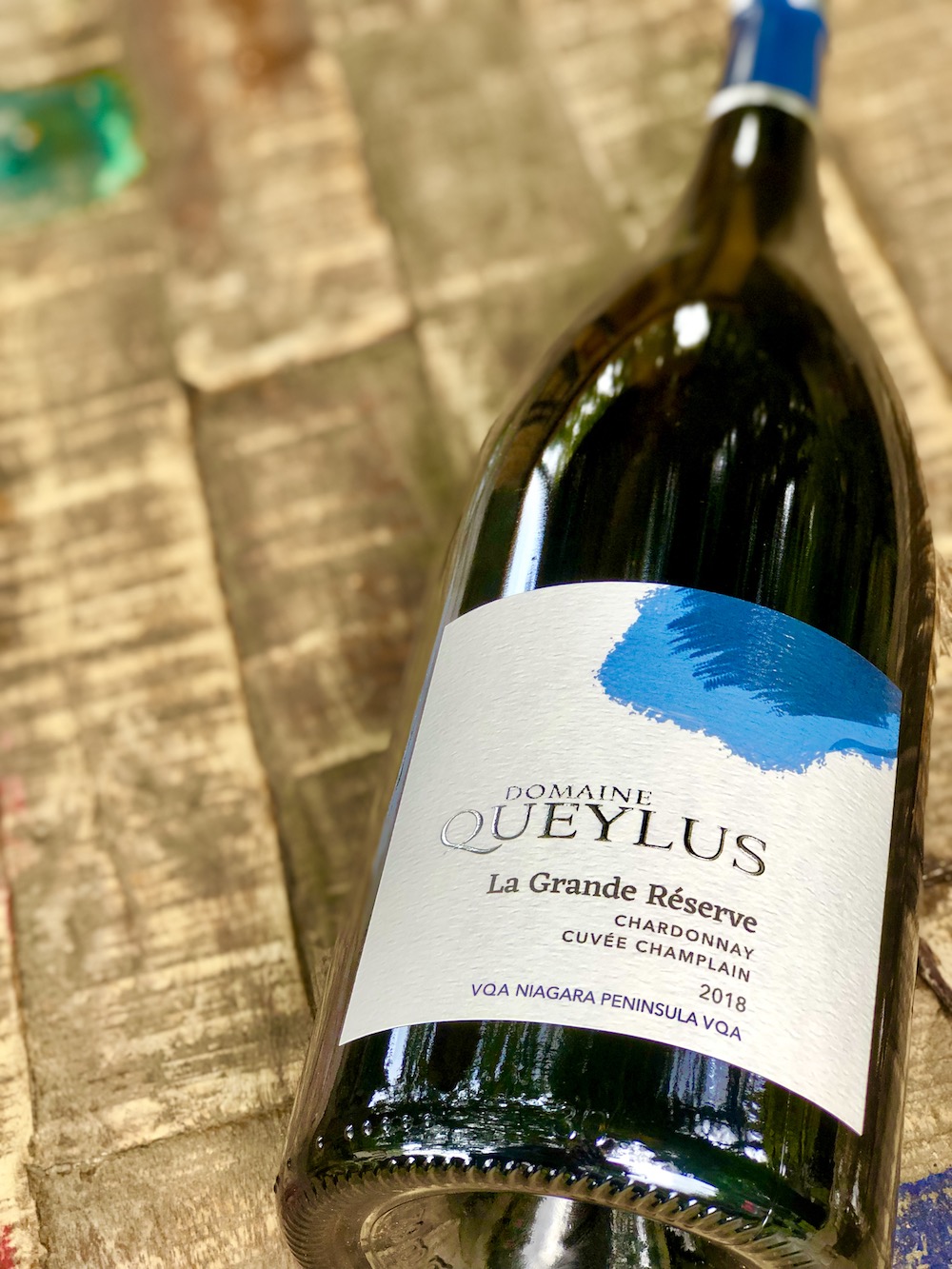
Domaine Queylus La Grande Réserve Cuvée Champlain 2018 ($50, winery now, 94 points) —The fruit for this “grand vin” Chardonnay is a 50/50 split of estate (Mountainview Road) and Bench (Jordan) Chardonnay from a careful selection of barrels with French oak aging in 25% new barrels for 18 months. It has a lovely perfumed nose pear with vanilla toast, flint, floral notes, subtle spice and lemon accents. It’s rich and textured on the palate with cream, pear, alluring spice notes, underlying crisp apple and citrus with such a beautiful and long finish that shows perfect finesse and balance even at this young age. It is a gorgeous wine now but will improve for 7+ years.
The Pinot Noirs
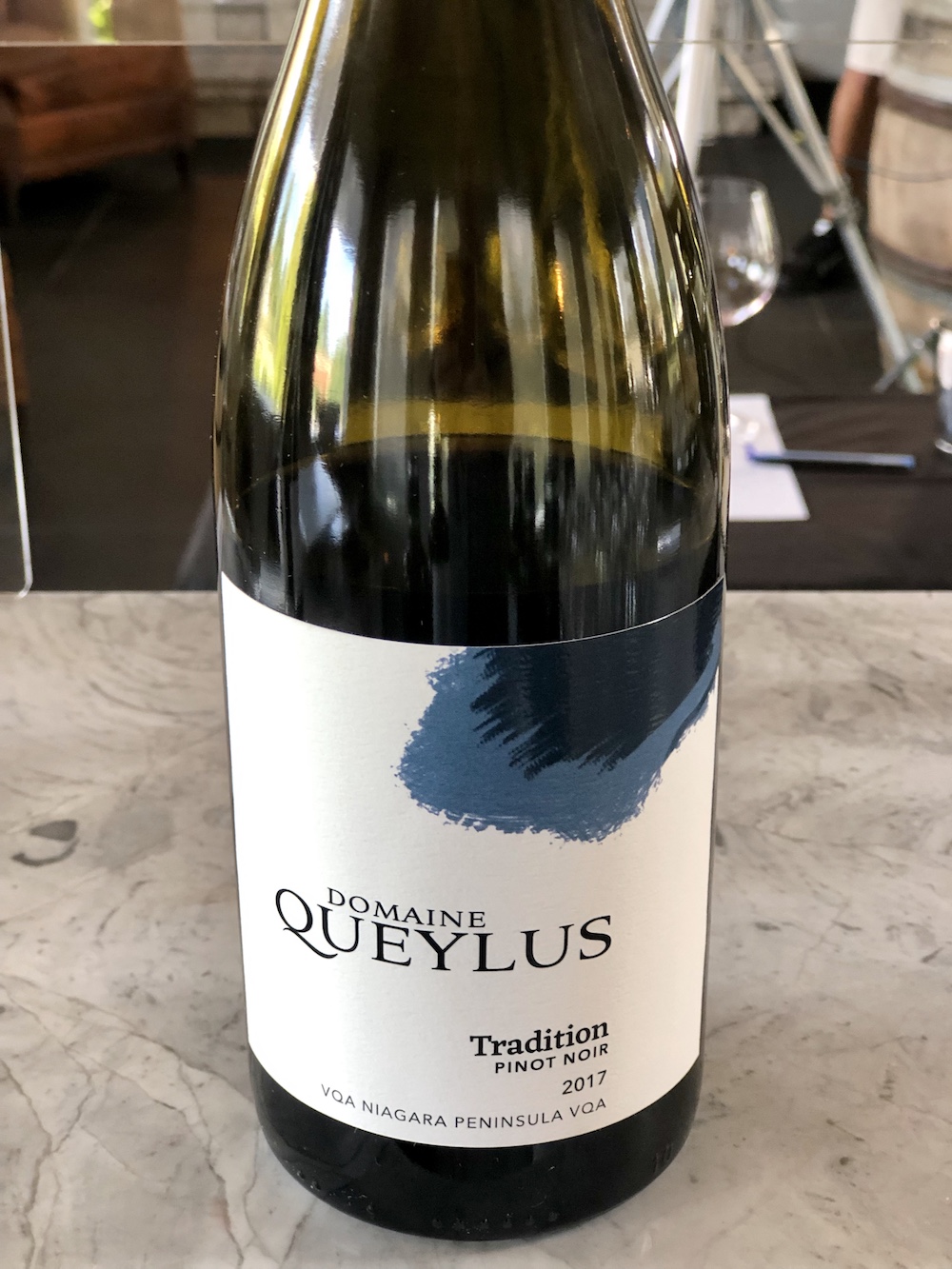
Domaine Queylus Tradition Pinot Noir 2017 ($32, winery now, LCBO and SAQ this fall, 90 points) — Nadeau has a term for this wine: “Gateway Pinot” — the one that will get you started on an endless journey of seeking out the best that this grape has to offer. And he’s not wrong; this “junior” Pinot has it all working — earthy/loam, tart cherries, cranberries, perfumed notes, savoury spices and just a hint of mineral on the nose. It’s silky smooth with dark cherries, brambly raspberries, cassis, spice, subtle tannins and a fresh, lively finish. This wine is grown on two estate vineyards in the Lincoln Lakeshore appellation in Beamsville, and in the Twenty-Mile Bench appellation in Jordan.
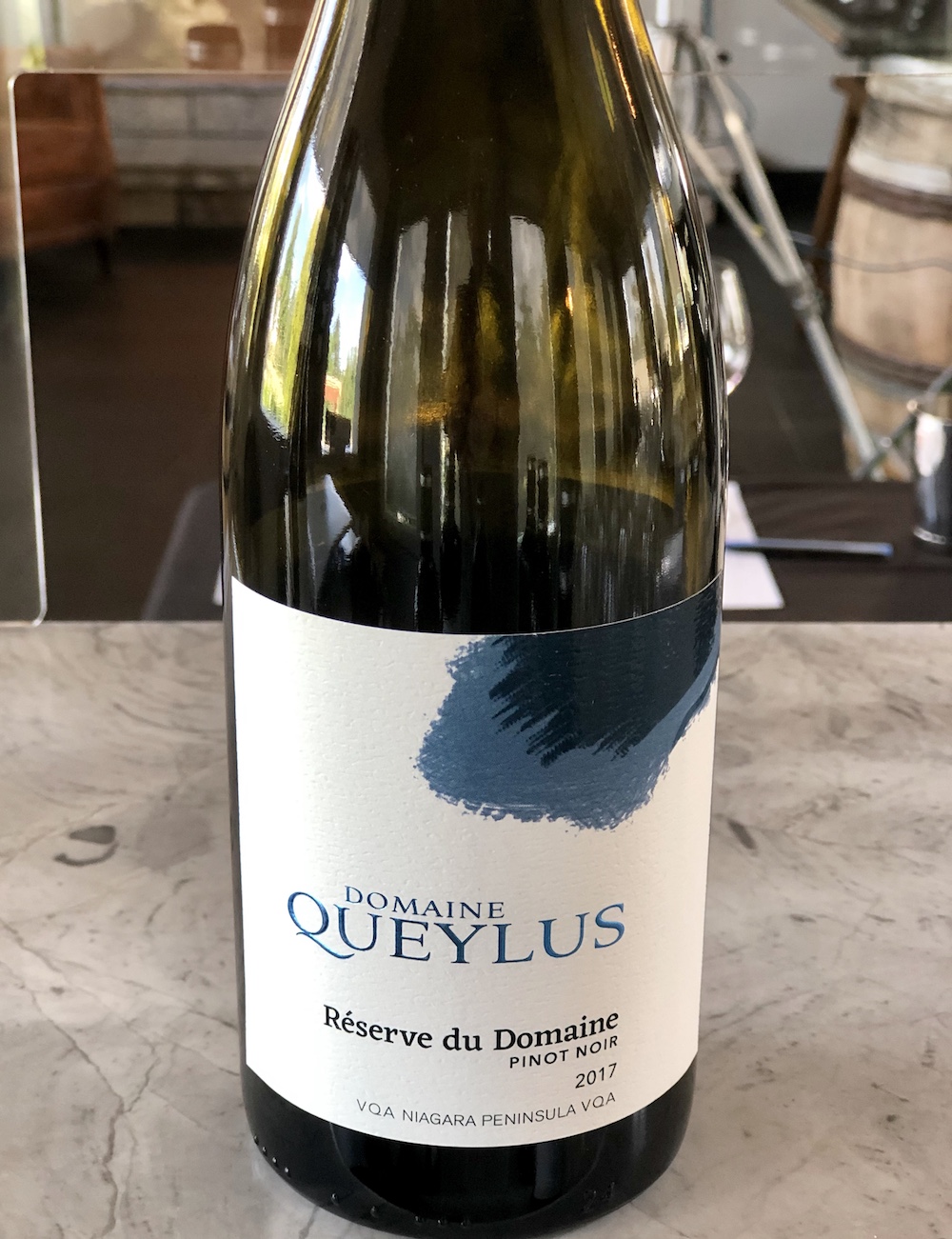
Domaine Queylus Réserve du Domaine Pinot Noir 2017 ($45, released in 2021, 92 points) — This spent 18 months in French oak, 36% of which was new oak. There is profound Pinot perfume and goût de terroir on the nose with darker berries, spice, cran-cherry, violets and elegant spice notes. It has lovely savoury notes on the palate followed by tart cherries, cassis, loam, mineral, spice and fine tannins that melt into a supple, long and finessed finish. Tight now but should be showing itself further when released in a year. Can cellar 5+ years.
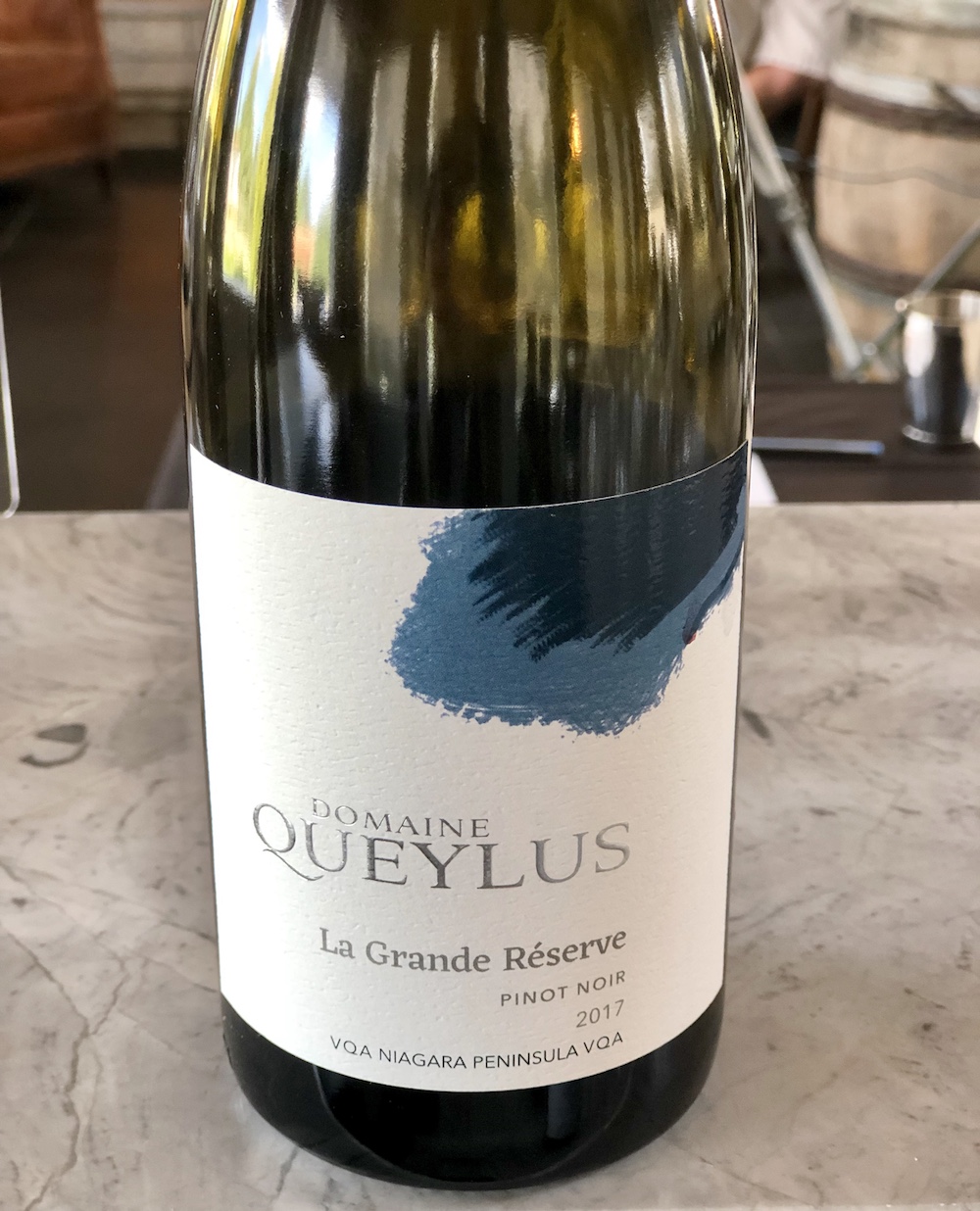
Domaine Queylus La Grande Réserve Pinot Noir 2017 ($60, coming in 2022, 93 points) — As we climb the stairs in the four levels of Pinotness at Queylus (how Bachelder and Mason mix and match barrels and vineyards is beyond my comprehension) we start to see more complexity, depth, density and length. The Grand Réserve displays all of that and more with a highly perfumed nose of black cherries, wild raspberries, cassis, fine oak spices, plums and a rich vein of minerality. It has firm tannic structure, a complex array of red and dark berries, more muscular and textured with a lot of aging ahead to bring everything into harmony. Expect great things from this powerful Pinot.
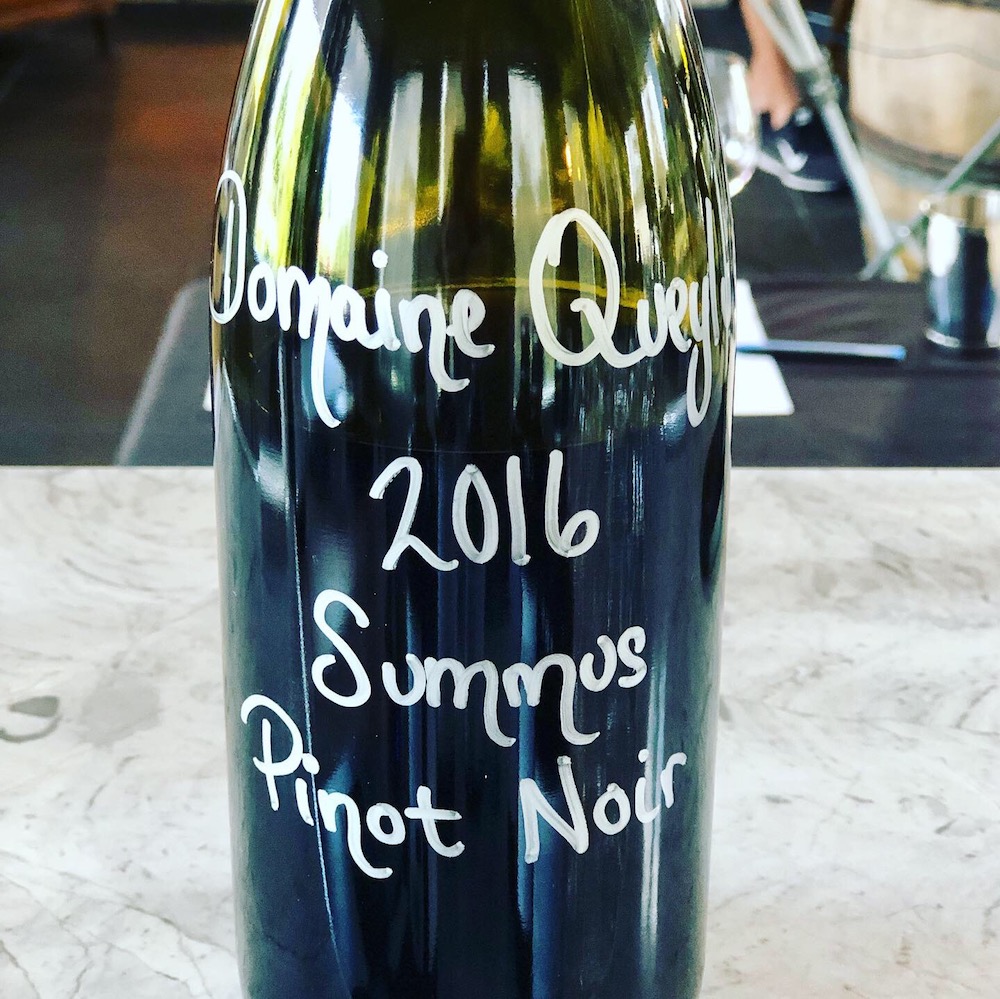
Domaine Queylus Pinot Noir Summus 2016 ($75, winery now, 93 points) — The first Summus made at Queylus was a one-barrel, single-vineyard expression of Merlot from the Queylus Vineyard. The wine was conceived by Nadeau, who issued a challenge to winemakers Bachelder and Mason to make a single barrel of the best of the best from the estate vineyard. This, too, is a small lot, single-vineyard wine, but made from 100% Pinot Noir from the Neudorf Vineyard. The wine spent 18 months in French oak and there is zero new oak in the cuvée. It really is quite lovely right now, with a perfumed nose to go with dark cherries, cranberries, violets, mineral notes and integrated oak spices and sandalwood. There is earthiness on the entry with a floral/mineral note followed by bright cherries, raspberries, cassis, integrated oak spices, smooth tannins and length through a long, finessed finish. Such a beautiful and contemplative Pinot Noir. Can cellar 5+ years.
Other Reds
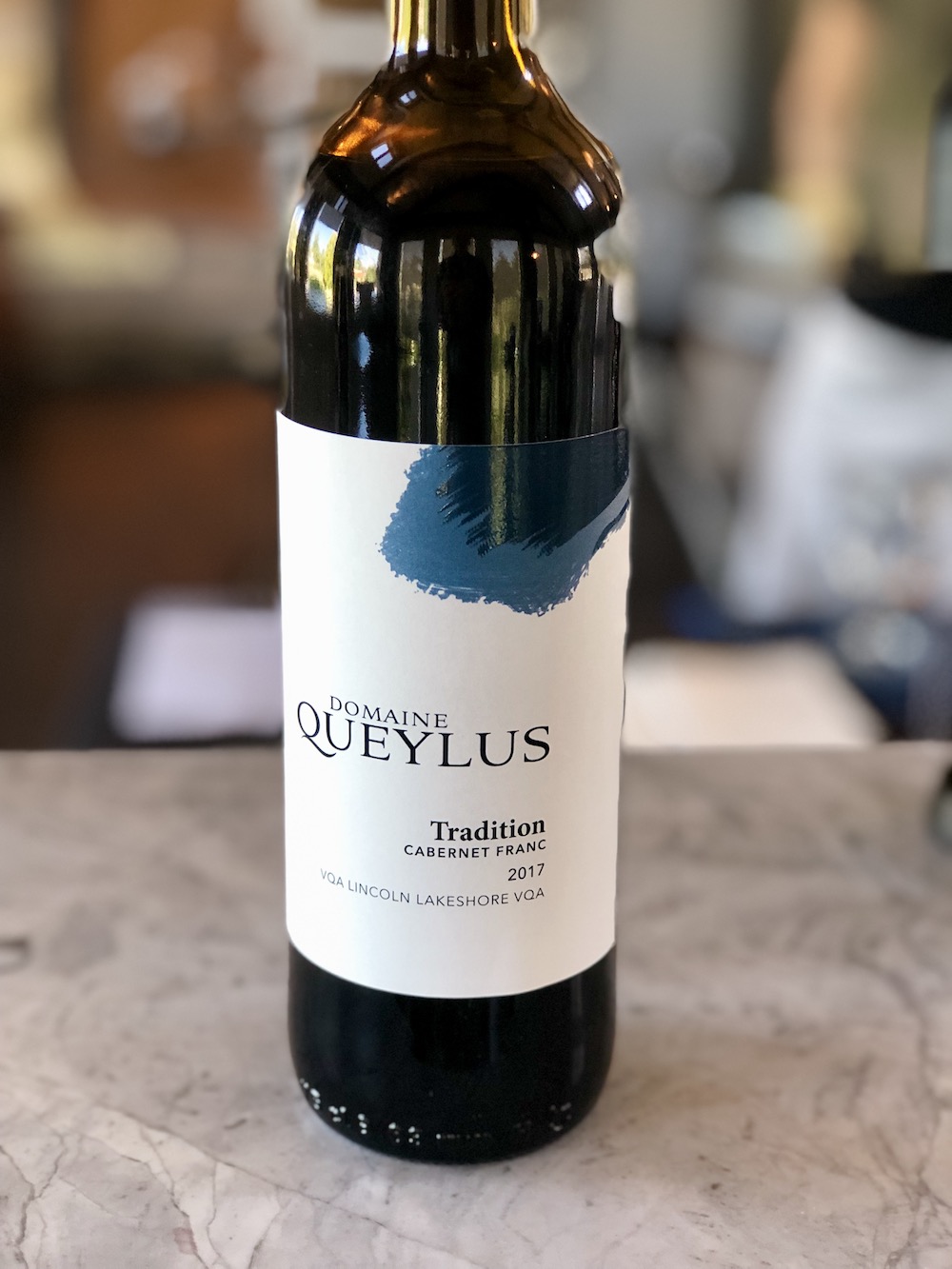
Domaine Queylus Tradition Cabernet Franc 2017 ($28, winery now, 88 points) — There is 12% Merlot blended into this Cabernet Franc and the wine spent 18 months in French oak, 30% of which is new oak. Such a savoury nose of ripe raspberries, plums, forest berries, spice and herbs. There are more red berries on the palate with lead pencil shavings, herbs, medium+ tannins and spice through a lifted finish.
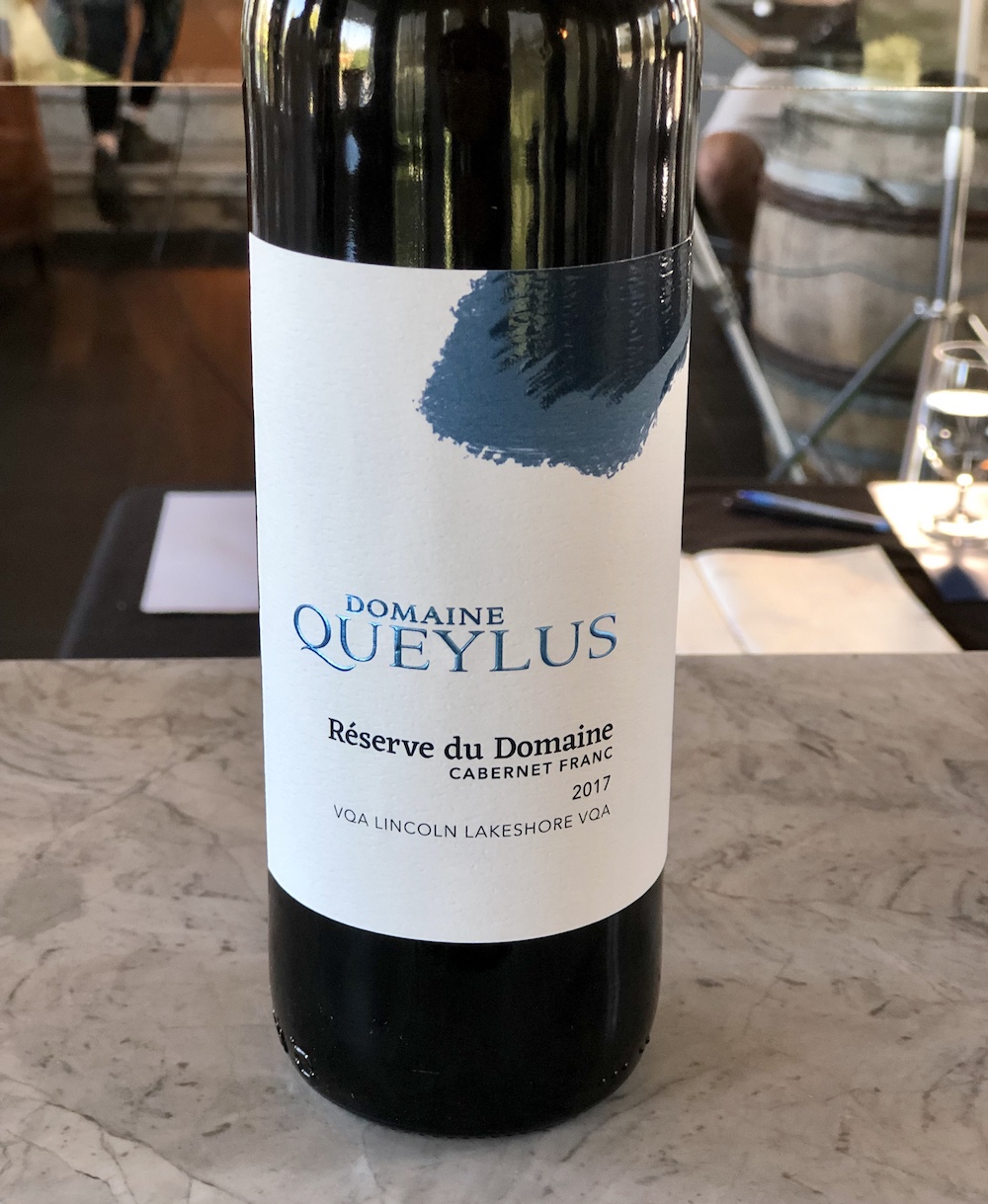
Domaine Queylus Réserve du Domaine Cabernet Franc 2017 ($38, winery now, 90 points) — Interesting nose of minty wild herbs red berries, plums, cassis, spice, earth, chocolate and lovely “sauvage.” It has a firm tannic backbone on the palate with red berries, herbs, cassis, anise, grippy tannins, earth, mocha and spice notes through a juicy finish. Just 8% Merlot was added into the blend.
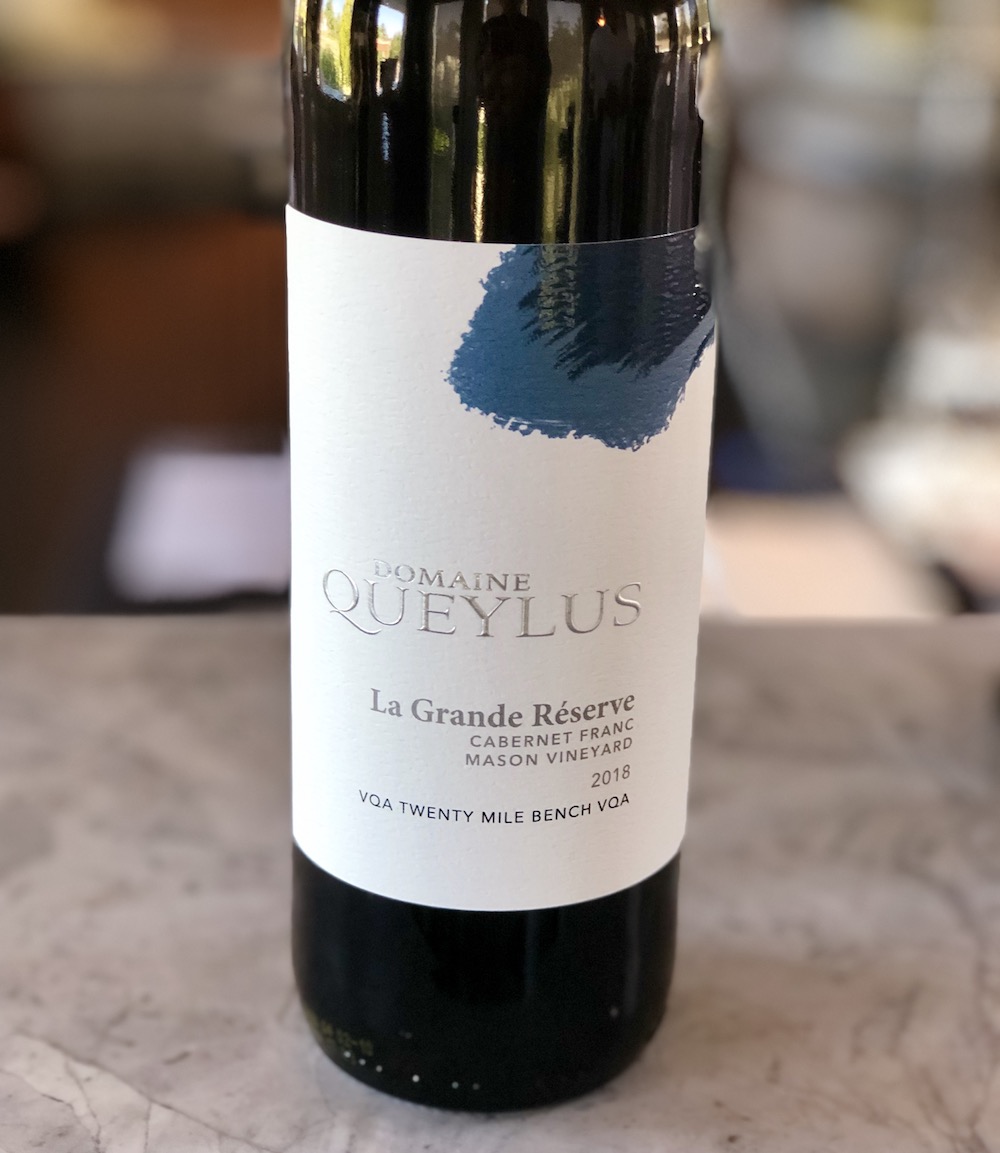
Domaine Queylus La Grande Réserve Cabernet Franc ($50, winery now, 93 points) — Only 100 cases were made from this CF sourced from the Mason Vineyard (yes, THAT Mason) on the Twenty Mile Bench. The fruit spends 18 months in French oak, 25% of which is new. A vivid and penetrating nose of savoury raspberries, dark cherries, lovely elegant spice, cassis and anise. It is smooth as silk on the palate with rich, ripe red fruits, touches of anise and cassis, fine-grained tannins, perfectly spiced, light herbs and bright through a long finish. A flavour bomb with polish and flare.
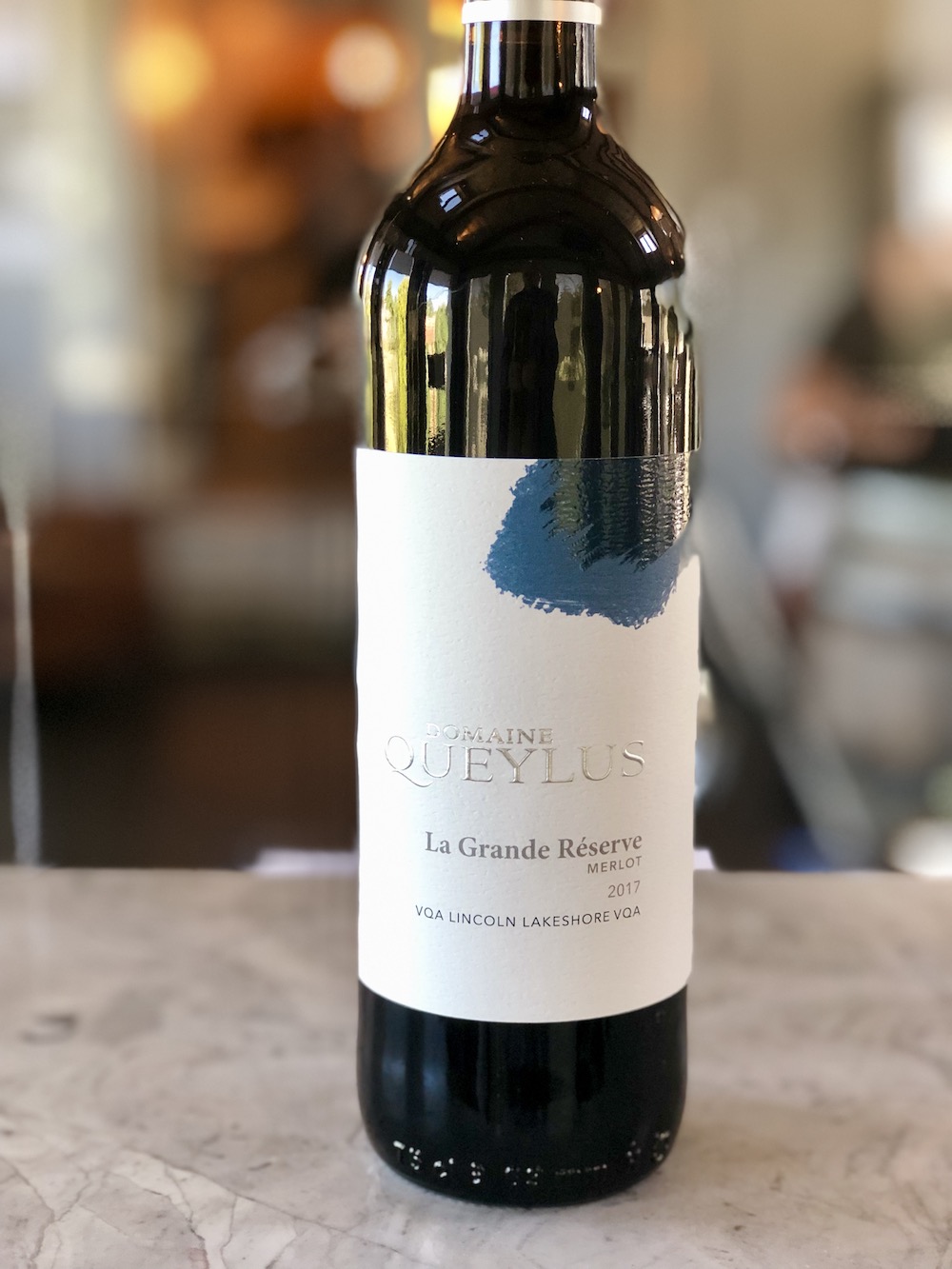
Domaine Queylus La Grande Réserve Merlot 2017 ($50, winery now, 92 points) — Just a pinch of Cabernet Franc is added to the estate Merlot from Lincoln Lakeshore and the fruit is aged for 18 months in French oak, 40% of which is new oak. It has a meaty nose of the full range of red fruits, fine oak spices, black currants and just a hint of herbs. The red berry party is joined by anise, a floral note, beautiful spices, ripe tannins and a lingering finish. So very special and can be aged for 10+ years.
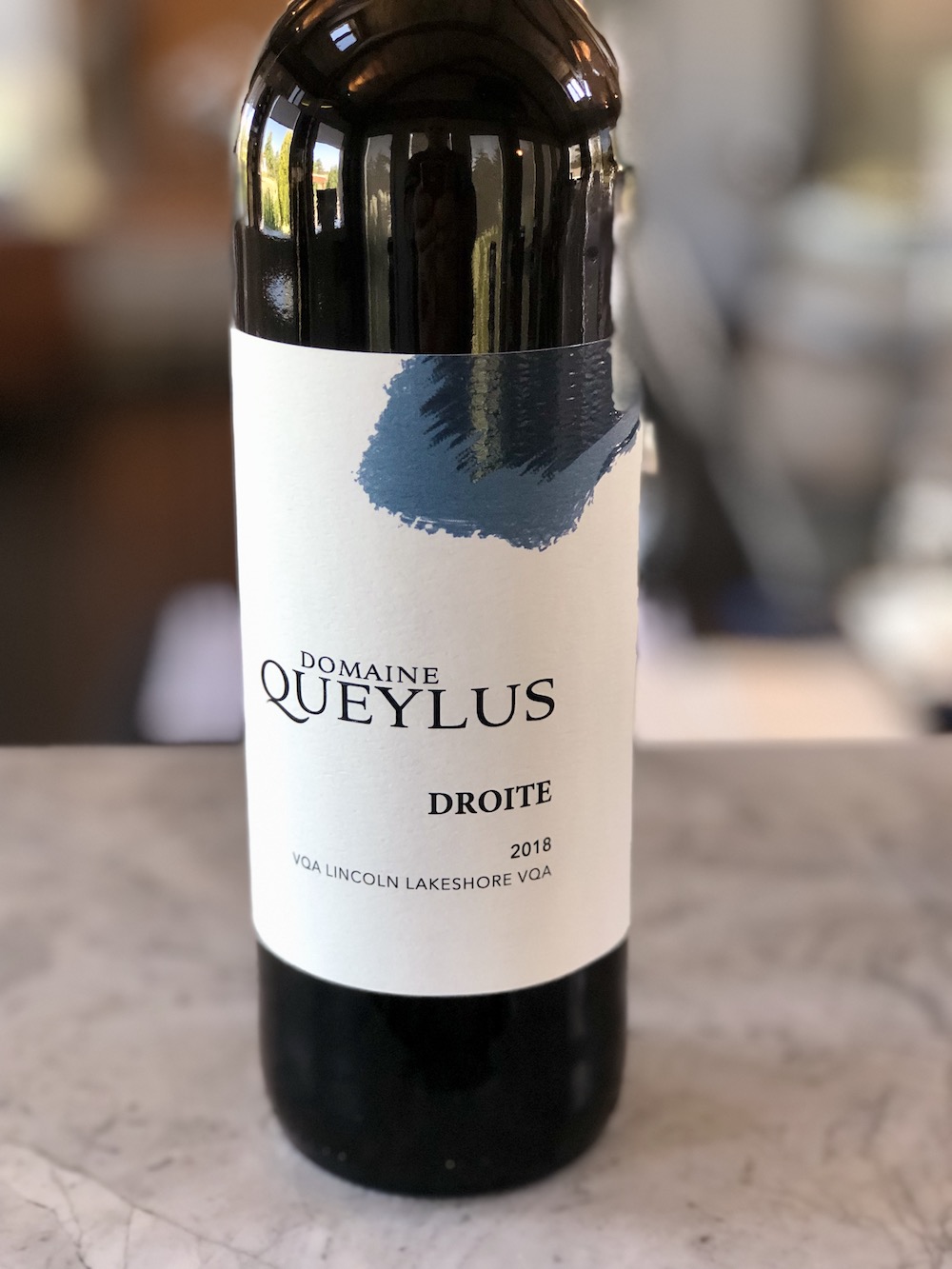
Domaine Queylus Droite 2018 ($40, 92 points) — As the name suggests, inspired by the Right Bank, Merlot dominated wines of Bordeaux. The blend is 87% Merlot and 13% Cabernet Franc with 18 months aging in French oak, 40% of which is new oak. It has a pretty, penetrating nose of meaty red berries, black currants, spice and a touch of licorice and plum pudding. It’s big and broad on the palate and shows ripe black cherries, wild raspberries, dark fruits and spice in a layered, textured style that rides a smooth bed of tannins through a long, vibrant finish. Cellar 8+ years.








Comment here